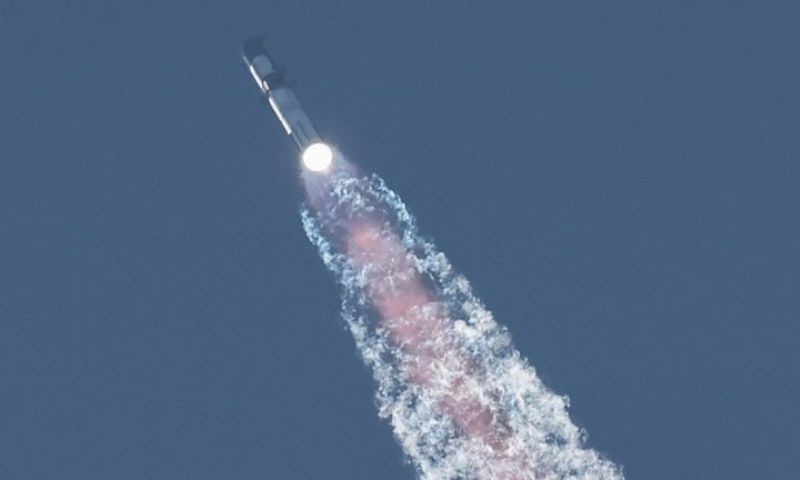STARBASE: SpaceX announced the second test launch of its colossal Starship rocket, marking a significant step in Elon Musk’s vision to eventually colonize Mars. The launch from Starbase in Boca Chica, Texas, occurred after a failed attempt in April, with the rocket successfully separating but the booster experiencing a rapid unscheduled disassembly shortly after.
Standing at 397 feet (121 meters) tall when fully stacked, Starship is the largest rocket ever built, surpassing the Statue of Liberty by 90 feet. The Super Heavy booster produces 16.7 million pounds (74.3 Meganewtons) of thrust, nearly double that of NASA’s Space Launch System (SLS). Both Starship and Super Heavy are designed for full reusability to significantly reduce launch costs.
Despite the booster’s explosion shortly after separation, the upper stage continued on its trajectory. The booster, if successful, was scheduled to land in the Gulf of Mexico, while the upper stage would make a partial trip around Earth before eventually flopping into the Pacific Ocean near Hawaii after 90 minutes.
Starship Rocket Test Flight
SpaceX faced setbacks in April when the rocket disintegrated during its first test flight due to a failure in the separation of the two stages. Following a months-long investigation, the Federal Aviation Administration (FAA) cleared SpaceX for another attempt, leading to Saturday’s successful launch.
Key design changes include the adoption of “hot staging,” where the upper stage engines ignite while still attached to the booster, a technique commonly used in Russian rockets. This modification aims to unlock greater power. Additionally, improvements to vents were made to reduce the risk of explosions.
The launchpad at Starbase, damaged during the first launch, has undergone reinforcement with high-strength concrete, and a water jet system has been implemented to protect against the intense heat and force generated during launches.
SpaceX’s ambitious goal for Starship includes its potential use for lunar missions, with a modified version planned for a lunar landing in 2025. The company views explosions during early stages of development as valuable in informing design choices rapidly.
Watch Starship’s second integrated flight test → https://t.co/bJFjLCiTbK https://t.co/cahoRQ72lm
— SpaceX (@SpaceX) November 18, 2023


























